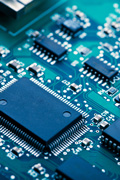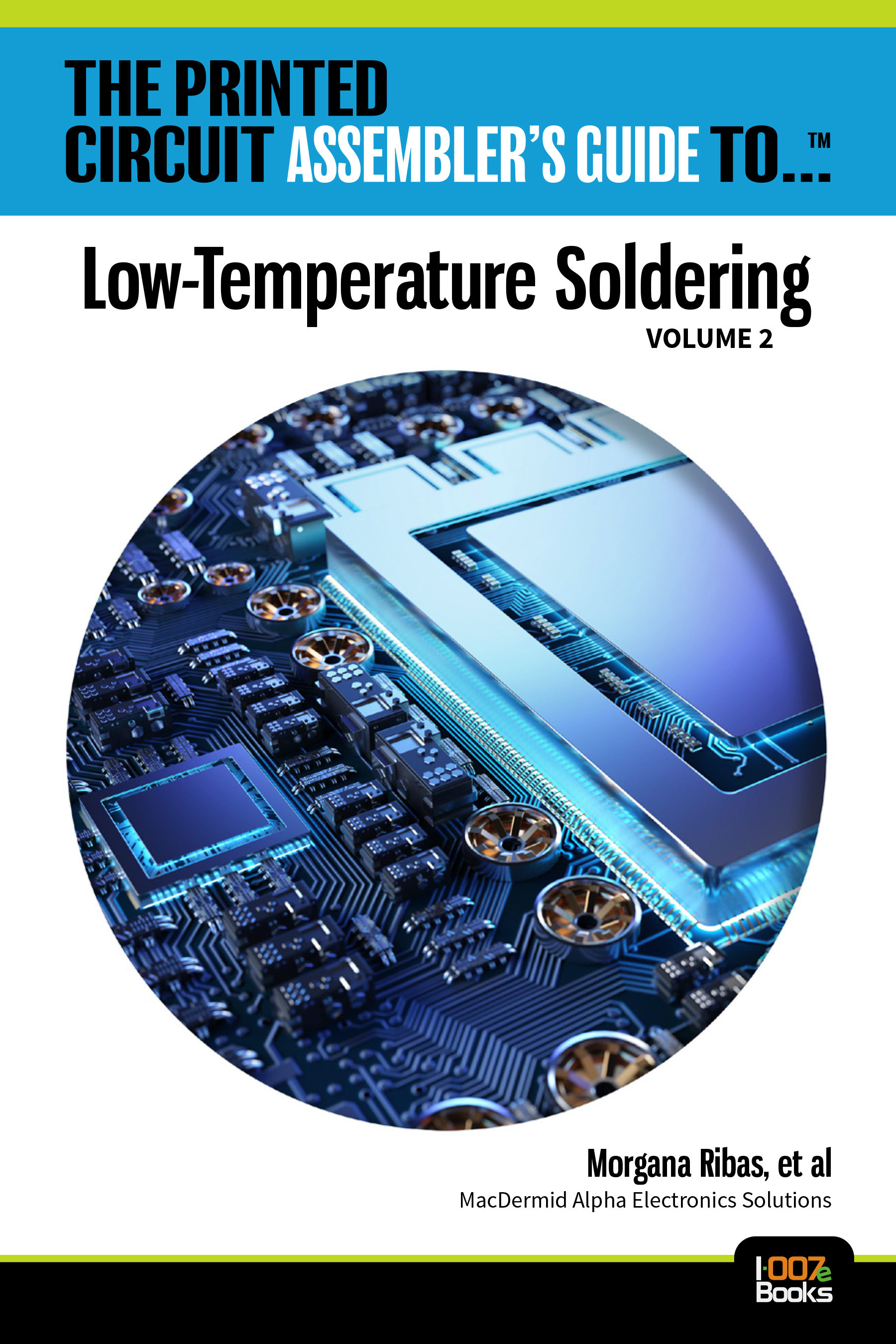Since the first volume of The Printed Circuit Assembler’s Guide to...™ Low-temperature Soldering was published over five years ago, considerable changes have occurred in the low-temperature soldering landscape. In this book, the authors review the evolution of solder alloys from traditional eutectic SnBi solder to the fourth-generation HRL3 low-temperature solders, including key properties and solder joint formation, focusing mainly on the thermomechanical performance of third- and fourth-generation low-temperature solders for various package types and sizes. Readers will find a discussion of innovations and challenges for achieving optimal processing and electrical reliability properties in low-temperature solder pastes, as well as what’s next in LTS and related research topics.
ISBN: 978-0-9998648-4-5
Morgana Ribas, Director – R&D Materials, Circuit Board Assembly
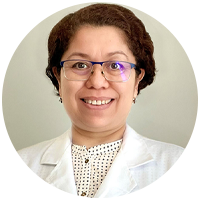 Morgana Ribas has been working on the characterization and development of metals and materials for more than 20 years, with a focus on soldering materials for the past 13 years. Her work has been published in more than 80 peer-reviewed journals, conference proceedings, and granted patents. She is a metallurgical engineer with a master's degree in extractive metallurgy from UFRGS in Brazil and a PhD in mechanical engineering and materials science from Rice University in the United States. Currently, Dr. Ribas is director of the R&D materials group for the Circuit Board Assembly division of MAES.
Morgana Ribas has been working on the characterization and development of metals and materials for more than 20 years, with a focus on soldering materials for the past 13 years. Her work has been published in more than 80 peer-reviewed journals, conference proceedings, and granted patents. She is a metallurgical engineer with a master's degree in extractive metallurgy from UFRGS in Brazil and a PhD in mechanical engineering and materials science from Rice University in the United States. Currently, Dr. Ribas is director of the R&D materials group for the Circuit Board Assembly division of MAES.
Ramakrishna H V holds both a bachelor's and master's degree in polymer science from the University of Mysore in India, as well as a PhD in polymer science and technology from the same university. Dr. Ramakrishna is currently the manager for solder paste development activities at MacDermid Alpha Electronics Solutions in India, where he has more than 15 years of experience in formulating soldering materials.
Rahul Raut, Director – Films and Smart Surface SolutionsRahul Raut is an expert in emerging flexible electronics platforms, such as flexible hybrid electronics (FHE), printed electronics, and in-mold electronics (IME). He has authored and co-authored over 50 technical papers at various international conferences and symposiums. Rahul has a bachelor's degree in mechanical engineering and a master's degree in systems science and industrial engineering. He is a certified Six Sigma black belt in DMAIC and DFSS streams, and he holds an executive certificate in management and leadership from the Sloan School of Management, MIT, Massachusetts.
MacDermid Alpha Electronics Solutions, a prominent division of Element Solutions Inc, holds a distinguished position as a global leader in the field of fully integrated materials; helping to deliver enhanced performance, reliability, and sustainability to electronic manufacturers worldwide.
Their expertise is segmented into three divisions – Circuitry Solutions, Film & Smart Surface Solutions, and Semiconductor & Assembly Solutions (SAS). The SAS division specializes in delivering cutting-edge solutions for semiconductors and assembly processes, driving innovation and reliability in these critical sectors.
With a legacy spanning over a century of innovation, MacDermid Alpha has garnered the trust of manufacturers spanning more than 50 countries.
Setting MacDermid Alpha Electronics Solutions apart is its unique ability to promptly deliver high-quality solutions and provide technical services that comprehensively cover the entire electronics supply chain. They are actively shaping industries such as automotive, consumer electronics, mobile devices, telecom, data storage, and infrastructure.
For more information, visit MacDermid Alpha Electronics Solutions.
 Kevin Byrd Principal Engineer, Intel
Kevin Byrd Principal Engineer, Intel
Kevin Byrd is a principal engineer, small form-factor assembly technologist, and low-temperature solder program manager for Intel Corporation. Kevin holds a bachelor’s degree in materials science and engineering from the Massachusetts Institute of Technology and a master’s degree in science, [...]
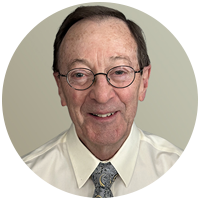 Richard Coyle Consulting Member of Technical Staff, Nokia Bell Labs
Richard Coyle Consulting Member of Technical Staff, Nokia Bell Labs
Richard Coyle, PhD, is widely recognized in the industry for his expertise in metallurgy and electronics material science. He began his career at Bell Labs approximately 30 years ago with research spanning areas such as laser and electronics materials processing. His work on the reliability and the [...]
Chapter Summaries
-
Chapter 1
Introduction to Low-temperature Soldering
Readers will learn about the evolution and benefits of low-temperature soldering, as well as innovations, challenges, and future research directions in low-temperature solder pastes and related technologies.
-
Chapter 2
From First- to Fourth-generation LTS
This chapter highlights how alloy composition impacts thermal cycling and drop shock performance and emphasizes the importance of optimizing reflow profiles for forming homogeneous and hybrid solder joints with different solder alloys.
-
Chapter 3
Mechanical Shock and Thermomechanical Reliability of Low-temperature Solder Hybrid Joints
In this chapter, readers learn about the use of HRL3 alloy in solder joints to balance strength and ductility. Test results show improved performance with HRL3 alloy compared to traditional low-temperature solders.
-
Chapter 4
Challenges in Maintaining the High Electrical Reliability of Low-temperature Solder Pastes
Chapter 4 addresses the challenges in ensuring high electrical reliability of low-temperature solder pastes in modern electronic assembly. Also covered is the need for new-generation materials due to advancements in technology. The authors also explore the impact of flux components on electrical reliability and the formulation considerations to achieve higher reliability.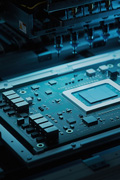
-
Chapter 5
Unveiling a Total Solution for Soldering Through-hole Components Using a Low-temperature Alloy
Chapter 5 introduces the advantages of using low-temperature soldering for through-hole components, including cost efficiency, reliability improvement, and reduced warpage. Also covered: the evaluation of different fluxes and the performance of HRL3 in wave soldering and selective soldering processes.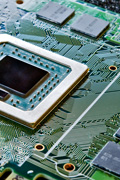
-
Chapter 6
The Dawn of Ultra Low-temperature Solders
The shift toward lightweight, compact structures using flexible PCBs and novel assembly techniques is covered here. Emphasis is placed on sustainability, with reduced power consumption and CO2 emissions.